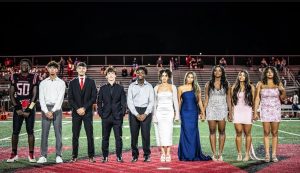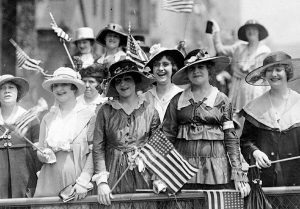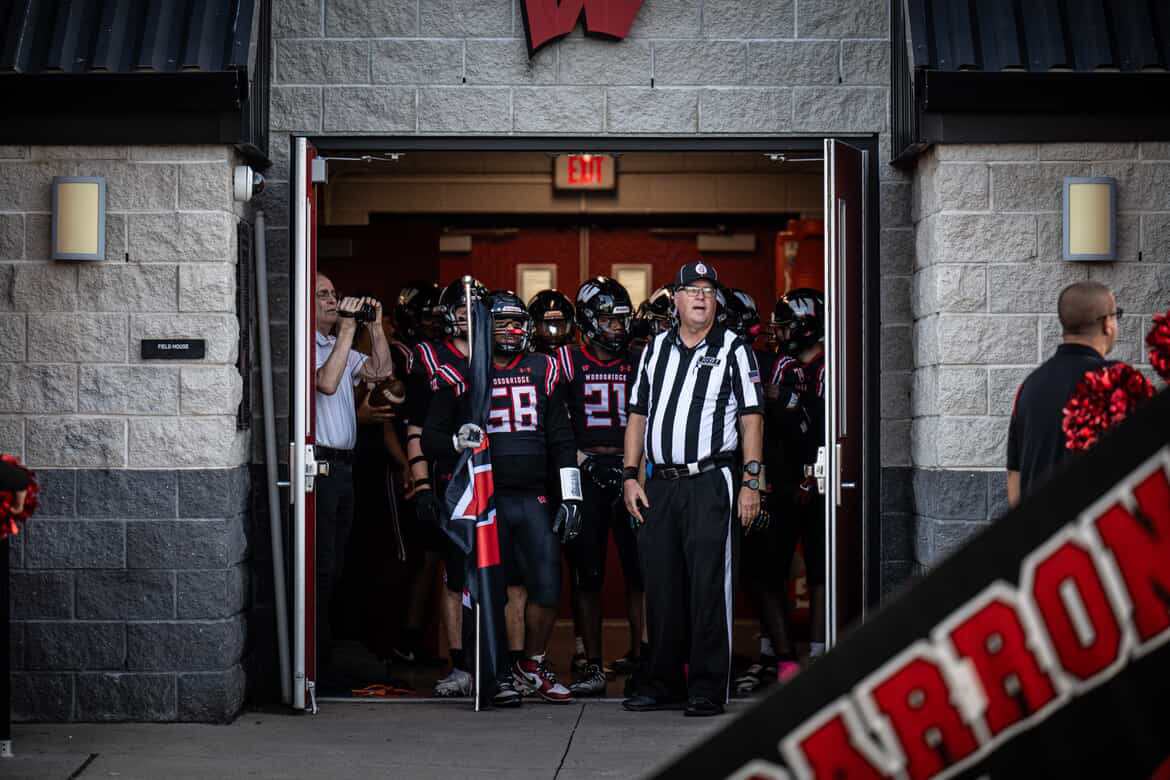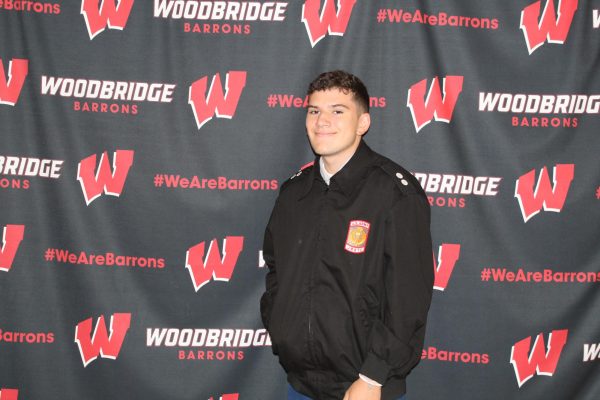Undeniably, as a student at WHS, you are bound to see other students in military uniforms. Some camo, most formal, but as someone who doesn’t know much about JROTC, that’s the most you’ll think about. The Barron Perspective spoke with Colonel Thomas Parker, the Senior Army Instructor for the Woodbridge High School Army Junior Reserve Officer Training Corps about a better insight on what this program is all about.
The History of the Program
The Army JROTC has been around for a long time, dating back to 1917, and used to be used as an active duty force before being changed into a shared support from the services and schools in 1964 by Congress. The WHS program, however, was created in 2014 and began with around 77 students, thanks in part to the school placing random students into the program. Back then, this usually resulted in people not engaged with the program.
Compared to now, where the JROTC class is now an elective class with a total of 170 students in both of its Alpha and Bravo companies, has a lot more students taking full advantage of the many opportunities and resources given to them thanks to the Army and JROTC program.
The Opportunities
Previous students in the past have gotten into many great career paths thanks to JROTC, one being accepted into the West Point Military Academy in New York, some enlisting, others going into ROTC, (the college counterpart of JROTC, which once upon completion of the program grants cadets a commission as an officer into the branch.)
“The students themselves, or ‘cadets’ as we call them, what they can get out of the program is leadership ability,” noted Colonel Parker.
“We put cadets into leadership positions, unlike any other class that you would take. So we would have people as battalion commanders, so they could get leadership experience before they move on in the field,” he adds.
Although many cadets in this program do join the military, it is stressed that it is not mandatory, although there are great resources available if a cadet does wish to enlist or commission.
According to the Army ROTC website, the main goal of the JROTC program and the curriculum, which is sent and approved by the Army, is life skills. The curriculum includes leadership skills, geography, health and wellness, and physical fitness, which is done on Fridays for the students’ class depending on if your class is on an A day or B day, which varies throughout the week.
The Competitive Side of JROTC
Recently, the JROTC participated in a drill competition, (details of that competition can be found here.) where Woodbridge unfortunately did not place in any category. This time, however, there is another competition on Dec. 9th, where there will be fewer schools competing, which gives Woodbridge a chance to bring home a trophy.
Through this week and next week, the teams will practice and prepare for these competitions every Tuesday and Thursday, and on the week of the competition will practice on Wednesday to make sure there is enough time and practice to perfect the routines they will be graded on. Colonel Parker is, “confident that we will take a trophy from this competition.”
Going back to what was previously mentioned, this competition is anticipated to be easier since there is a smaller pool of schools competing, compared to the last competition which had more schools, each giving Woodbridge some difficult competition.
Colonel Parker does mention during the interview when asked if Woodbridge could be a strong competitor in the battle for a trophy in the much bigger competitions which include the more well-known and skilled schools, that “I think so, we have in the past. I would say about six or seven years ago we were a pretty good color guard and drill team, so we were able to get trophies.”
“In the future, we definitely could. I think if we try to get them more focused on making sure that they practice well, and also that we have enough people volunteering for these practices.”
JROTC in our Community
JROTC isn’t all just about learning leadership and competing. It’s also about volunteering in public events. The program marches in two parades each year, the Veterans Day Parade, and the Holiday Parade, which will be this weekend at the time of writing.
One thing that Colonel Parker loves most about marching in these parades is the idea of having the cadets in their uniforms, showing the community as a whole that these cadets are a little different than the people who are not in the program. “It’s because they understand that JROTC is more with leadership and discipline, so it helps the community understand that, ‘hey, these kids want to do very well and want leadership abilities, and they want to make sure that they’re disciplined out there.’”
A New Face
One big change that will be happening in the program is the new Army Instructor coming in as a replacement for the current one, which is 1st Sergeant Joseph Benkhe. The colonel expects that the flow of the program will be about the same with the Command Sergeant Major coming in.
“When I spoke to the Command Sergeant Major, he said he’s very competitive, so when you hear somebody say that they’re competitive, I’m sure that he’s gonna put his best in trying to make sure that the drill team performs well,” Benkhe adds about the drill team relying on the current Army Instructor for competition training.
Since its start in 2014, the JROTC has had many cadets going in many different paths, like service academies or active duty in the military. Now having more cadets than ever, it can be assumed that the program has achieved its goal, and is ready to help more people accomplish their goals.


























